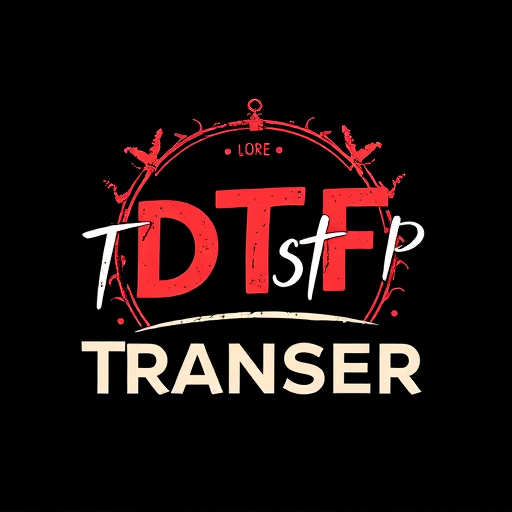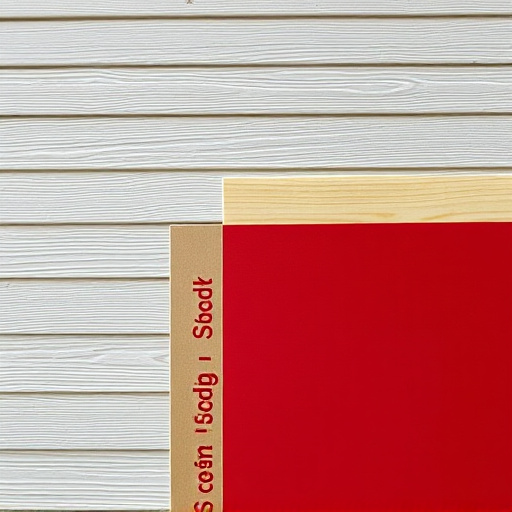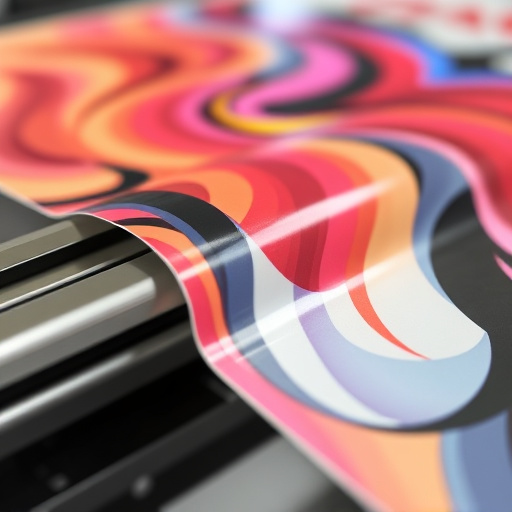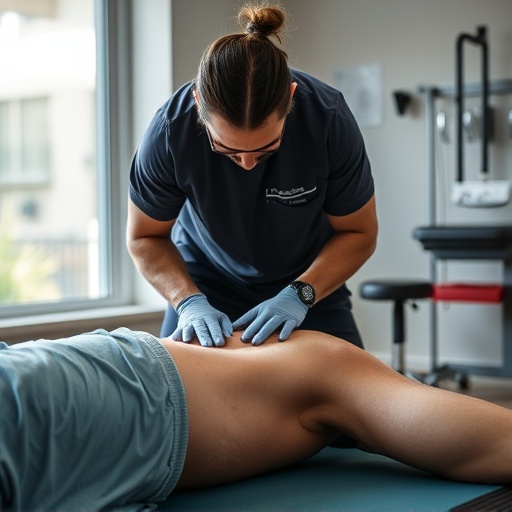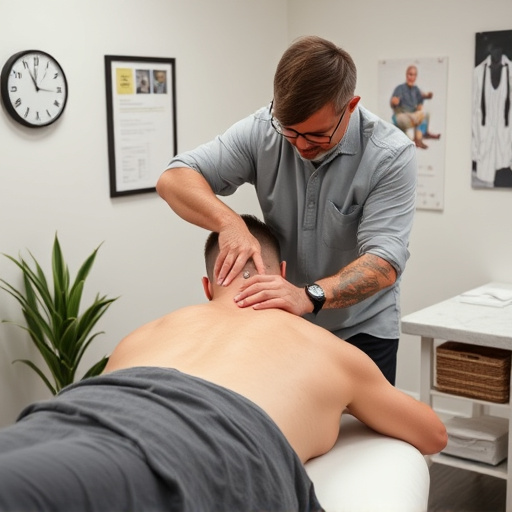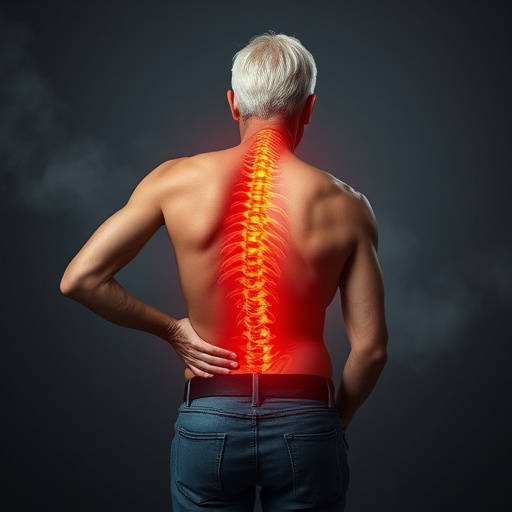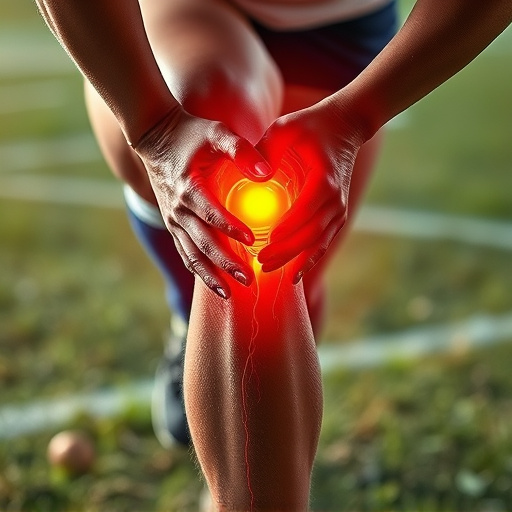Shockwave therapy emerges as a non-invasive, promising treatment for sports injuries, targeting soft tissue damage and offering pain relief and accelerated healing. Research supports its effectiveness for conditions like chronic tendinopathy and muscle strains, but concerns remain about side effects and the need for standardized protocols. More high-quality studies are required to fully understand its benefits and safe practices in sports medicine.
“Uncover the potential of shockwave therapy in revolutionizing sports injury recovery. This article explores the power of this non-invasive treatment, delving into its effectiveness for athletic ailments. We dissect recent research highlighting its efficacy and safety profile, revealing surprising benefits that could transform sports medicine. From accelerated healing to improved performance, understand how shockwave therapy is making waves in sports injuries, despite limitations. Navigate through this comprehensive guide to discover the science behind this game-changing approach.”
- Understanding Shockwave Therapy for Sports Injuries
- Research Findings on Its Efficacy and Safety
- Potential Benefits and Limitations in Athletic Recovery
Understanding Shockwave Therapy for Sports Injuries

Shockwave therapy for sports injuries has emerged as a promising non-invasive treatment option, gaining traction within the athletic and wellness communities. This innovative approach leverages low-energy shockwaves to stimulate healing in damaged soft tissues, including muscles, tendons, and ligaments commonly affected by sports-related trauma. Unlike traditional chiropractic treatments or surgical interventions, shockwave therapy offers a minimally invasive pathway towards joint pain relief without lengthy recovery periods.
Research suggests that this therapeutic method can accelerate the body’s natural repair mechanisms, fostering tissue regeneration and improving function in athletes suffering from chronic or acute injuries. By promoting angiogenesis (blood vessel formation) and stimulating fibroblasts (collagen-producing cells), shockwaves contribute to a stronger healing response, potentially reducing dependence on pain medications and providing an alternative to conventional wellness care approaches for managing sports-related conditions.
Research Findings on Its Efficacy and Safety

Research has shown that shockwave therapy for sports injuries is both effective and safe when administered correctly. Numerous studies have demonstrated its positive impact on conditions such as chronic tendinopathy, muscle strains, and even certain bone injuries. For instance, a 2019 meta-analysis published in the British Journal of Sports Medicine found that shockwave treatment significantly reduced pain and improved function in patients with chronic shoulder tendinopathy.
Additionally, shockwave therapy has shown promise in addressing neck pain treatment, herniated disc treatment, and pinched nerve relief. A randomized controlled trial published in Spine Journal revealed that extracorporeal shockwave therapy (ESWT) led to substantial improvements in pain and disability for patients with neck pain related to degenerative conditions. Similar results have been observed in studies focusing on lower back injuries, highlighting the potential of this non-invasive approach as an alternative or adjunct to traditional treatments for sports-related ailments.
Potential Benefits and Limitations in Athletic Recovery

Shockwave therapy for sports injuries presents a promising avenue for athletes seeking faster and more effective recovery. Research indicates that low-energy shockwaves can stimulate tissue repair, promote angiogenesis (blood vessel growth), and reduce inflammation—all crucial factors in athletic recovery. This non-invasive approach has shown potential in treating various musculoskeletal injuries, including deltoid strains, patellar tendinopathy, and chronic joint pain relief in athletes. The therapy’s ability to accelerate healing could significantly impact sports medicine, reducing downtime for professional and amateur athletes alike.
However, while shockwave sports injuries treatments offer many advantages, they also have limitations. Not all studies show conclusive results, with some indicating that patient outcomes vary based on injury type and severity. Additionally, the mechanism of action is not fully understood, leading to concerns about potential side effects. More high-quality research is needed to establish standardized protocols for different sports injuries, ensuring optimal outcomes and safe practices in sports medicine.
Shockwave therapy for sports injuries has emerged as a promising treatment option, backed by growing research that highlights its efficacy and safety. Studies have shown significant improvements in recovery times and reduced pain levels among athletes undergoing this non-invasive procedure. However, while shockwave therapy offers potential benefits, it’s not without limitations. Further research is needed to fully understand its long-term effects and optimal application for different athletic injuries. For now, the existing evidence suggests that shockwave therapy could be a valuable addition to sports medicine practices for enhanced athlete recovery.
